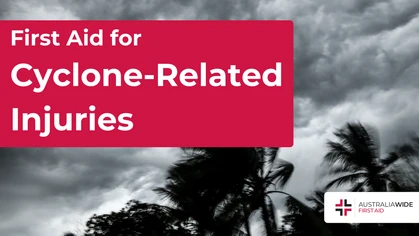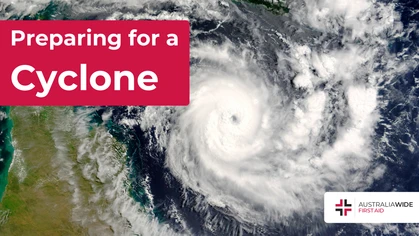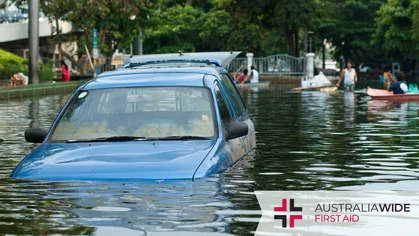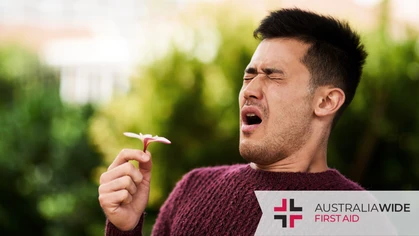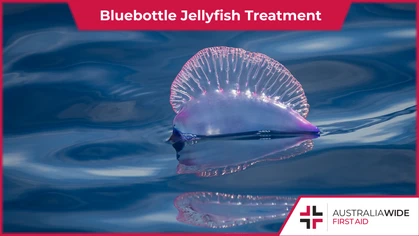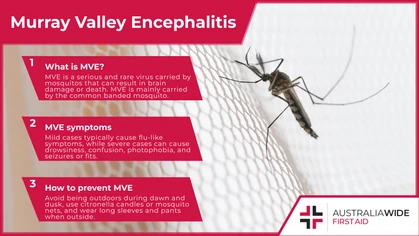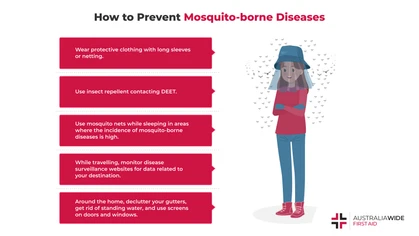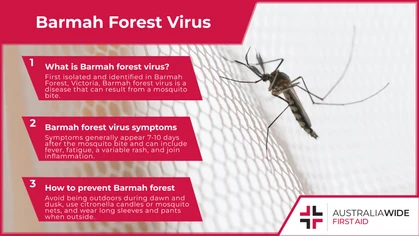How to be SunSmart: Slip Slop Slap Seek and Slide

Seasonal Concerns
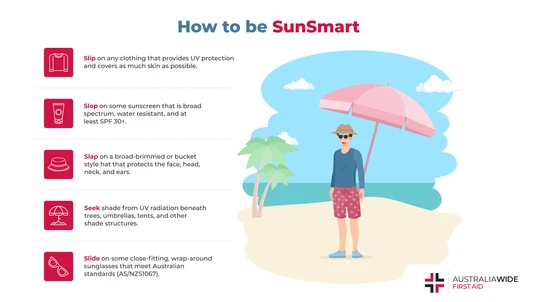
Slip slop slap seek and slide is the core campaign for the Cancer Council's SunSmart program. By taking heed of this campaign, you can reduce the immediate and long-term effects of sun exposure, including sunburn, heat stroke, and skin cancer.
In Australia, at least 2 in 3 adults will be diagnosed with skin cancer in their lifetime. This is largely due to the country’s proximity to the equator with high ultraviolet (UV) levels all throughout the day and the vibrant outdoor culture embedded in every Australian. With summer just around the corner, the risk of developing skin cancer is significantly higher compared to other times of the year. Today, we’ll be looking at the Slip, Slop, Slap, Seek, and Slide campaign aimed at fighting the dangers of skin cancer.What is Slip Slop Slap Seek and Slide?
Established by Cancer Council Victoria in 1981, the Slip, Slop, Slap slogan became the core campaign for the Cancer Council’s SunSmart program in educating both young and old Australians on the importance of sun protection. The campaign featured Sid the Seagull slipping on a shirt, slopping on some sunscreen, and slapping on a hat in a catchy jingle and tune. This campaign showed great success in the decades to come as it shifted Australian attitudes and behaviours when it came to sun protection. In 2007, the slogan was upgraded and relaunched to Slip, Slop, Slap, Seek, and Slide – adding two more goals to the sun protection regime – seek out shade, and slide on some wrap-around sunglasses! Today, SunSmart hats are standard equipment for any beach outing and all schools have a comprehensive SunSmart policy in place. Many existing policies, attitudes, and behaviours seen today regarding sun exposure and being SunSmart can be greatly attributed to this very campaign. The next time you trail down to the beach or bushwalk in your local area, don’t forget to slip, slop, slap, seek, and slide before heading out!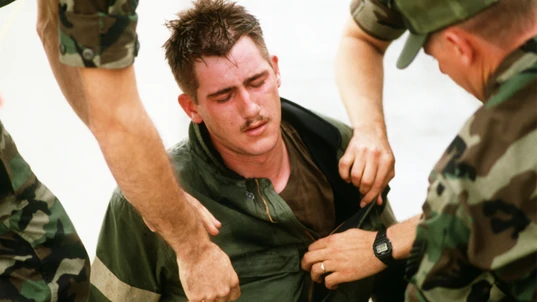
As well as causing long-term health problems, such as skin cancer, excessive sun exposure can cause immediate health problems, such as heat stroke, when the body's ability to regulate its own temperature is impaired.
What Are the Immediate Dangers of Sun Exposure?
When exposed to the sun, your skin is exposed to UV rays that can be harmful to the skin if exposed for long periods of time. While UV rays cannot be seen with the naked eye, they can go through the skin and cause long-term damage if not rectified earlier. This can cause your skin to be sunburnt which can cause your skin cells to die, become damaged, and even develop skin cancer. With repeated skin damage, the skin begins to look dry, wrinkled, discoloured and leathery. Typically, sunburn symptoms appear several hours after exposure. However, if symptoms worsen, these can develop into large blisters, headaches, vision changes, severe swelling, and fevers. It’s important to seek medical attention if you are sunburned and experience a fever over 39 degrees Celsius, dehydration, confusion, and dizziness. Another dangerous effect of long-term sun exposure is heatstroke. This happens when the body overheats due to prolonged exposure to high temperatures when the body temperature rises to 40 degrees Celsius or higher. Untreated heatstroke can quickly cause damage to the brain, heart, kidneys, and muscles. If damage worsens, it can even cause death. It’s important to take immediate action to cool the overheated person by getting the person under the shade or indoors, remove excess clothing, and to cool the person by whatever means possible.Why Do We Need to Be SunSmart?
With sandy beaches, crystal clear water, and sunny skies, it’s no wonder Australians have a deep-rooted love for the outdoors and the beaches that envelop the country’s coasts. However, as the country with one of the world’s highest rates of skin cancer, being SunSmart is more than just reducing your risk of skin cancer – it’s about making good choices that protect you and your loved ones from long-term sun exposure. According to SunSmart, around two-thirds of Australians will be diagnosed with skin cancer by age 70. Furthermore, melanoma was the fourth most diagnosed cancer in Australia in 2016, with roughly 2000 Australians dying from skin cancer each year – making Australia the country with one of the highest rates of skin cancer in the world. In being SunSmart, it not only lowers your odds of skin cancer, but also protects you from dangers posed by extended periods of sun exposure.How To Be SunSmart
In being SunSmart, following the steps outlined by the Slip, Slop, Slap, Seek, and Slide campaign is more than enough to keep yourself protected from the dangers of high UV exposure and temperatures. Below are the five steps outlined and how you can apply them to your daily lifestyle:- SLIP on any clothing that covers the skin as much as possible that can provide UV protection.
- SLOP on some sunscreen, making sure it’s SPF 30 (or higher), broad-spectrum and water-resistant. For the average-sized adult, a teaspoon is sufficient to cover the head, neck, each limb, front and back of the body. Remember to reapply sunscreen every two hours or after swimming or excessive sweating!
- SLAP on a hat that shades your face, nose, neck, and ears. These can be broad-brimmed legionnaire or bucket styled hats.
- SEEK shade by using trees, built in shade structures or bringing your own shade (i.e., umbrella, sunshade tent). Shade can significantly reduce UV radiation but it’s important to use this in combination with other sun protection measures as UV can still reach you via reflection.
- SLIDE on some sunglasses. Combined with the previous sun protection measures, you’ll be well protected from UV radiation and reflection. UV radiation to the eyes specifically will be reduced by up to 98%. Make sure to choose a close-fitting wraparound sunglass that meet the Australian Standard AS/NSZ 1067.
First Aid for Excessive Sun Exposure
When exposed to the sun for prolonged periods of time, this can increase your risk of sunburn and heat stroke which have life-threatening consequences if not treated with first aid. To prevent worsening conditions, let’s look at the first aid exercises you can do for both sunburn and heat stroke. For sunburn, first aid will offer some relief from the discomfort and promote healing for the skin. Some first aid steps you can take include:- Taking an over-the-counter pain reliever or pain killer as soon as possible.
- Cooling the skin by applying a clean and dampened towel or by taking a cool bath.
- Applying a moisturiser, lotion, or gel. Recommendations include aloe vera gel. Avoid using products containing alcohol.
- Drinking extra water to prevent dehydration.
- Applying a soothing medicated cream such as 1% hydrocortisone cream on the affected area three times a day for three days.
- Stripping casualty’s clothing, maintaining their respect, and moving them to a cooler environment.
- Soaking them in water and if available, applying wrapped ice packs to the neck, groin, and armpits.
- Fanning vigorously by whatever means possible, such as a clipboard.
- (If available) Immersing the casualty up to their neck in a cool or ice bath. Make sure that the casualty is held at all times by multiple people to ensure their airway stays open. Alternatively, you can cover their body with ice-soaked towels that are changed frequently.
- Calling 000 or 112 for emergency services, but only once cooling measures have been implemented.
Final Thoughts
Prolonged sun exposure can be detrimental to one’s long-term health and can even cause death at its worst. With the days stretching out longer and temperatures slowly rising, it’s important to take precautions as outlined in the Slip, Slop, Slap, Seek, and Slide campaign. By doing so, you’ll not only reduce your risk of skin cancer but actively avoid other dangers of sun exposure such as being sunburnt and heatstroke. To learn more about how you can avoid the dangers of sun exposure and high temperatures, you can attend our Australia Wide First Aid Course to equip yourself with the knowledge and skills to keep yourself and loved ones safe this summer.
Originally published at
https://www.australiawidefirstaid.com.au/resources/slip-slop-slap-seek-and-slide
as part of the Australia Wide First Aid Articles Library
